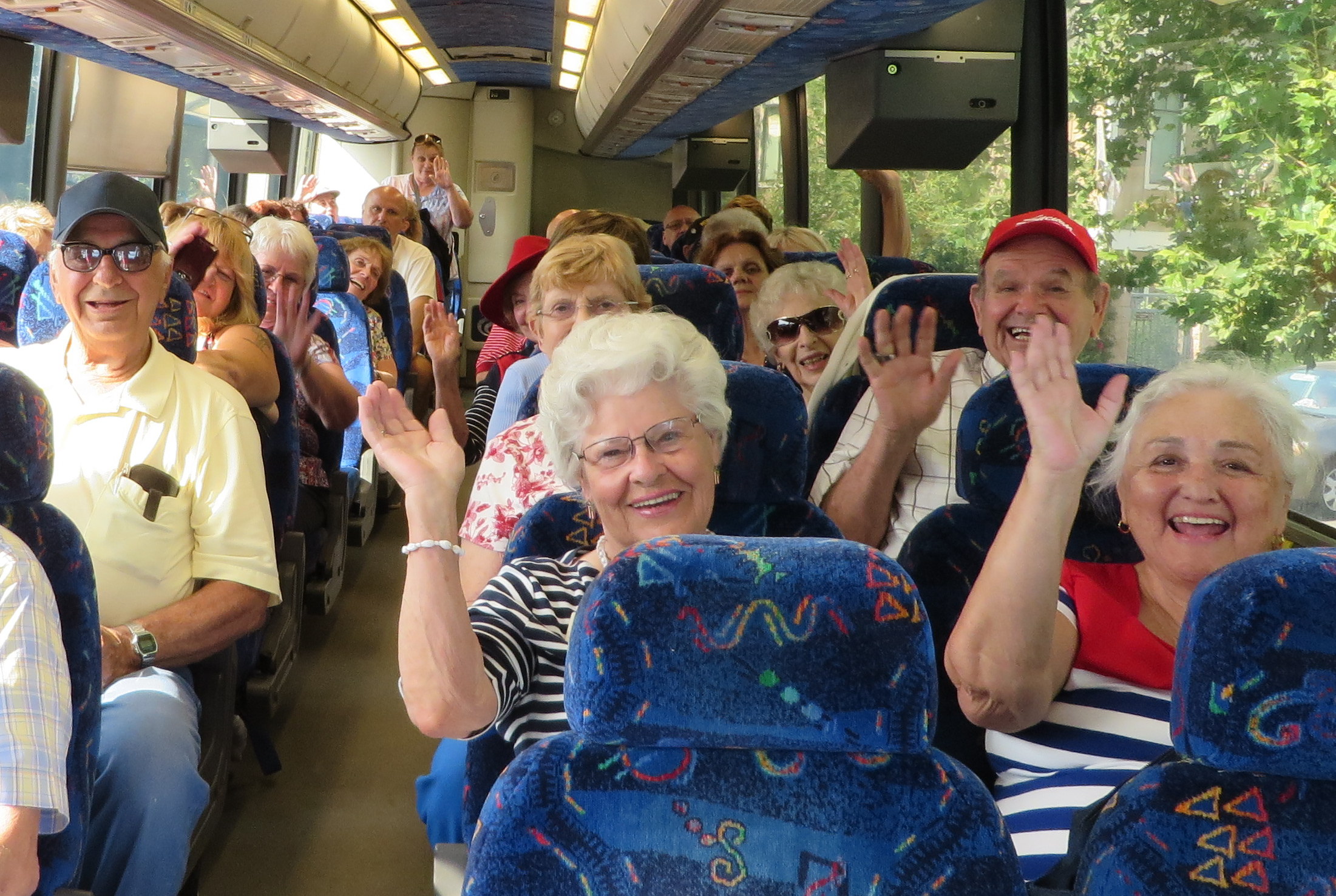Senior tour age is a fluid concept, varying based on cultural norms and individual capabilities. While a general range often centers around 60 and above, the actual age considered “senior” for tour purposes depends heavily on the tour’s activity level and destination. This nuanced definition impacts tour design, marketing strategies, and the overall experience for older travelers.
Understanding these variations is crucial for both tour operators and potential participants seeking age-appropriate adventures.
This exploration delves into the multifaceted world of senior tourism, examining how age influences tour design, marketing, pricing, and future trends. We’ll analyze the physical and cognitive factors relevant to senior travel, categorize tour types based on activity level and destination, and discuss the vital role of accessibility in creating inclusive and enjoyable experiences. Furthermore, we’ll explore effective marketing strategies and pricing models tailored to this growing demographic, ultimately providing insights into the evolving landscape of senior travel.
The Future of Senior Tourism: Senior Tour Age
The senior travel market is experiencing a period of significant transformation, driven by technological advancements, shifting demographics, and evolving travel preferences. This dynamic landscape presents both exciting opportunities and considerable challenges for the industry. Understanding these trends is crucial for businesses aiming to cater effectively to the growing number of older travelers.Technological Advancements and Evolving Travel PreferencesTechnological innovations are reshaping the senior travel experience.
Online booking platforms, personalized travel apps, and virtual reality tours are making it easier for seniors to plan and book trips independently. Furthermore, the rise of accessible travel technology, such as voice-activated assistants and translation apps, is breaking down barriers for those with mobility or language challenges. Travel preferences are also evolving, with a growing emphasis on personalized experiences, wellness tourism, and sustainable travel options.
Seniors are increasingly seeking enriching cultural experiences, active adventures tailored to their fitness levels, and opportunities to connect with local communities. For example, the popularity of multigenerational trips, where seniors travel with their children and grandchildren, reflects a growing desire for shared experiences.
Senior Tourism Demand Projections, Senior tour age
The global population is aging rapidly, leading to a substantial increase in the number of seniors with the disposable income and desire to travel. The United Nations projects a significant rise in the number of people aged 60 and over in the coming decades. This demographic shift, coupled with increasing affluence in many parts of the world, will fuel strong demand for senior-specific travel products and services.
However, economic conditions, such as inflation and recessionary pressures, can significantly impact travel spending. For example, the economic downturn following the 2008 financial crisis saw a temporary decrease in travel amongst all demographics, including seniors. Nevertheless, the long-term trend suggests continued growth in the senior travel market, albeit with potential fluctuations due to macroeconomic factors. The industry needs to be adaptable and responsive to economic shifts to maintain market share and profitability.
Challenges and Opportunities in Senior Tourism
The senior tourism industry faces several challenges. Meeting the diverse needs of an aging population with varying levels of mobility and health requires careful planning and resource allocation. Accessibility remains a significant concern, with many destinations and accommodations lacking appropriate infrastructure for older travelers. Furthermore, effectively addressing the concerns of seniors regarding health and safety during travel is paramount.
Opportunities, however, also abound. The industry can capitalize on the growing demand for personalized, wellness-focused, and sustainable travel options. Investing in accessible infrastructure and developing innovative travel products tailored to the specific needs and interests of seniors will be crucial for success. Partnerships with healthcare providers and insurance companies can also help build trust and mitigate potential risks associated with senior travel.
The senior travel market is dynamic and ever-evolving, driven by demographic shifts and changing travel preferences. As the senior population grows, so too will the demand for tailored travel experiences that cater to specific needs and interests. Successfully navigating this market requires a keen understanding of the nuances of senior tour age, a commitment to accessibility, and innovative marketing strategies that resonate with this discerning demographic.
By embracing inclusivity and focusing on the unique value proposition of senior travel, tour operators can tap into a lucrative and rewarding market segment.
Obtain recommendations related to military lodging hawaii that can assist you today.


